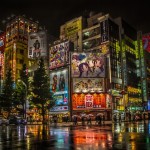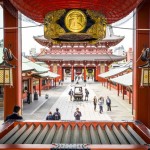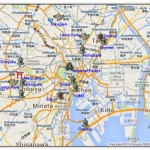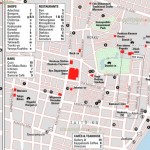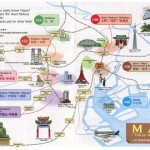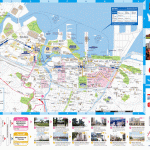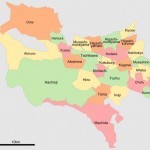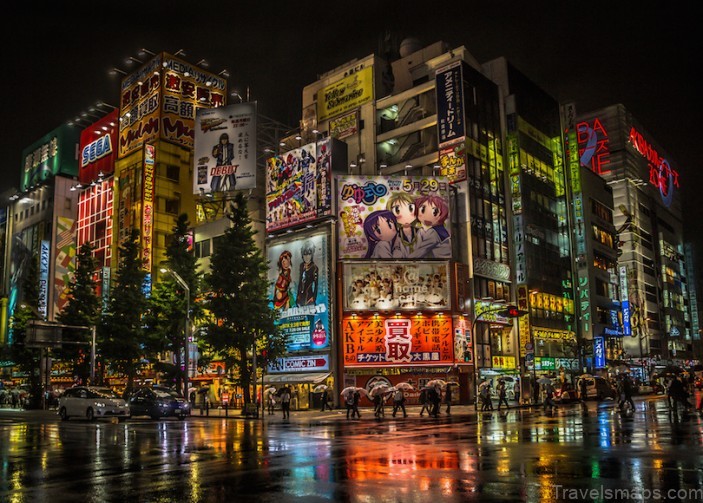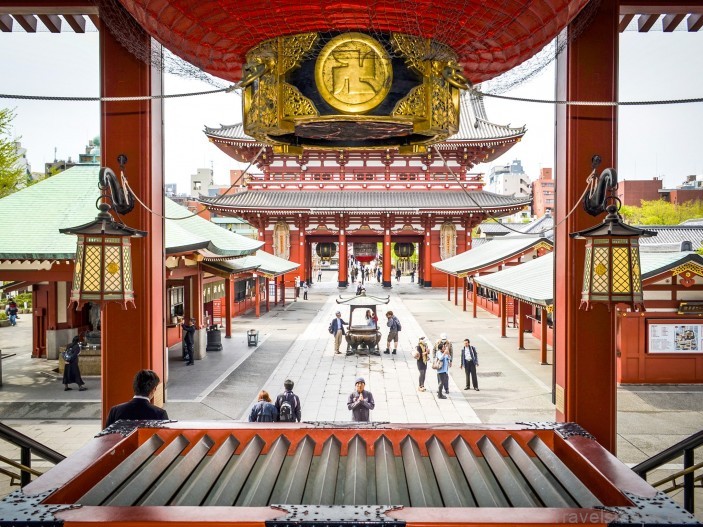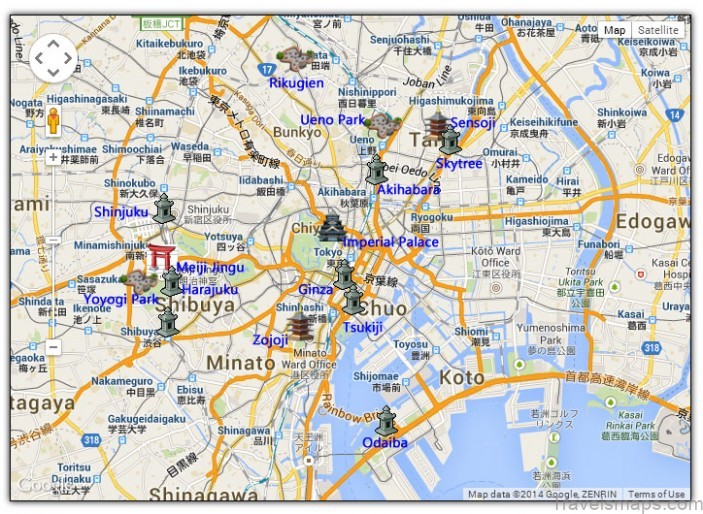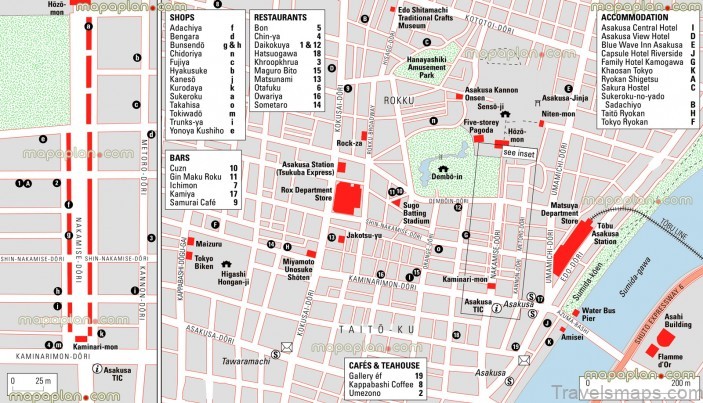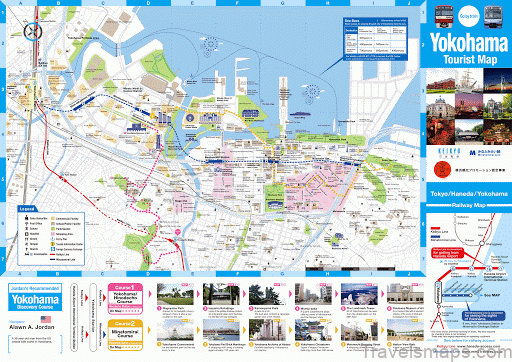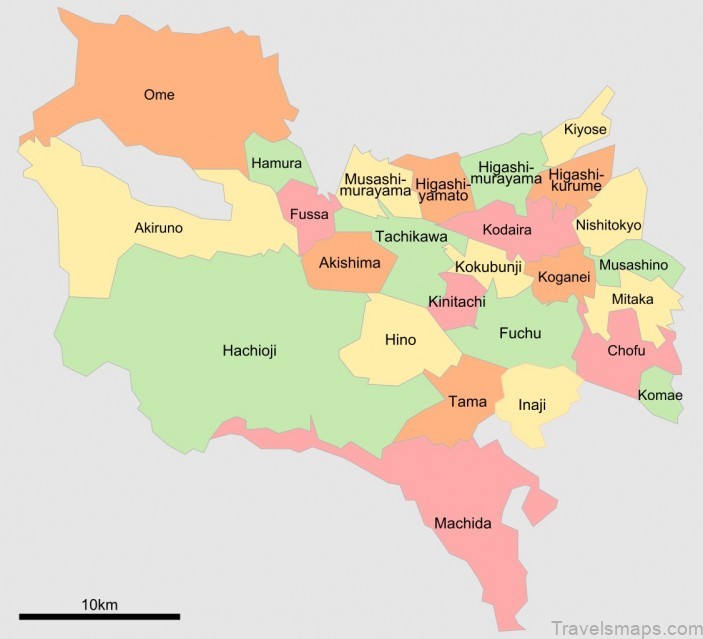
TOKYO INTERNATIONAL FORUM
Location 3-5-1 Marunouchi, Chiyoda-ku. Access Yurakucho Station on the JR Yamanote Line. Hours 7.00 a.m.-11.00 p.m. One of the city’s most interesting architectural landmarks, designer Rafael Vinoly’s multipurpose conference center stands in elegant contrast to the drab, elevated rail tracks of Yurakucho Station. Completed in 1996, the complex was one of Tokyo and the Japanese century’s final act of architectural monumentality. Four blocky structures, modern but utilitarian in appearance, stand in contrast to a massive glass forum, the convex-shaped lobby a mesmerizing swirl of steel truss, close to three thousand plates of tempered glass and natural light, the effect reminiscent of glass domes and malls like the Milan Galleria.
Map of Tokyo – Best Places to Visit in Tokyo – Japan Photo Gallery
Tokyo Map: Main Attractions Across the Metropolitan Area
Its Uruguayan architect, though, is said to have modeled it after the hull of a boat. Host to galleries, exhibition spaces, restaurants, and shops, the ramps, bridges, and skywalks that dissect the upper levels of the forum, also known as the Glass Building, evoke the imaginary structures of Italo Calvino’s book, Invisible Cities. Between the forum and the four outer halls is an open space planted with zelkova trees suggestive of European cafe plazas.
The space hosts a moderately interesting flea market every first and third Sunday of the month. Dubbing itself the Oedo Antique Market, there are few items of genuine antiquity among the stalls. The spaces between structures, where the Sunday market takes place, have been greened. Sleek and svelte, a Shinkansen bullet train replicates the graceful, curving lines of the International Forum. A statue of Ota Dokan, the warlord who founded Edo. Designed to resemble the hull of a boat, light pours into the roof. The Forum must rank as one of Tokyo’s most original designs.
Top Tourist Attractions in Tokyo
NIHONBASHI & MARUNOUCHI
Location Nihonbashi, Chuo-ku. Access Nihonbashi Station on the Ginza, Tozai, and Asakusa Metro Lines. Nihonbashi, blending into contingent Marunouchi, has always stood for commerce, the unrelenting pursuit of profit and corporate power. The eponymous Nihonbashi Bridge was first built in 1603, a wooden structure denoting the starting point for the five great trunk roads leading out of the city, but also a standard for measuring distances from the capital.
The current incarnation of the span, an elegant stone bridge constructed in 1911, is entirely obstructed by the overhead Shuto Expressway. As commerce morphs into entertainment, Nihonbashi has acquired a dual personality. The elegant, pre-war Takashimaya department store, opposite Maruzen bookstore, maintains high standards, its inventory of goods and wonderful food basement displays drawing in shoppers in an age when department stores are in steep decline. The area’s three huge Coredo stores form a commercial zone designed to replicate the lively Edo era. Besides daily goods, craft objects, and extensive culinary offerings, these multipurpose stores incorporate small shops whose names have been on the Tokyo scene for over a century.
Edo Sakura-dori is a pedestrian street lined with restaurants, cafes, and confectioners that runs between Coredo Muromachi 1 and 2. A highlight of the street is its seasonally themed projection-mapping events, with kinetic images ranging from spring cherry blossoms to summer fireworks. The curvaceous 1930s surfaces of Takashimaya illuminated at night. Takashimaya occupies a prime real estate location opposite the large Maruzen bookstore. Fierce griffin statues stand sentinel beneath the raised expressway above Nihonbashi Bridge. Takashimaya basement food and patisserie stores are legendary. Slim, tender cutlets of pork at a Coredo restaurant. Vendors at Takashimaya recreate the lively atmosphere of a fish market.
Tokyo City Guide – What to do in Tokyo – Japan Guide
GINZA CROSSING SHOPPING DISTRICT
Location Ginza 4-chome, Chuo-ku. Access Ginza Station on the Ginza Line. A location staple of old monochrome Japanese films, the Ginza Crossing was the acme of Western refinement in a city that aspired, and continues to yearn, to be cosmopolitan. Two iconic buildings that define the Ginza high-end shopping district face each other across the busy intersection: the Wako Building and the Mitsukoshi department store. Photographs of the Ginza Crossing taken just after the war show Mitsukoshi as a burnt-out shell, the Wako Building, a luxury goods store, miraculously intact, replete with its Hattori Clock Tower built by Hattori Kintaro, founder of the watch company Seiko.
The graceful, curving exterior of the 1932 structure, known for its creative window displays, was designed by Watanabe Jin in the Neo-Renaissance style. Equally synonymous with style, the recently renovated Mitsukoshi department store is a veritable emporium of luxury items. Its food basement (depachika) is legendary. Its famous roof garden once incorporated a curious mixture of a children’s playground, a collection of bonsai trees, a Shinto shrine, and an old Buddhist Jizo statue recovered from the rubble of a 1945 American air raid. A few older businesses, such as the cultured pearl maker Mikimoto, the Kimuraya bakery, and the traditional calligraphy store, Kyukyodo, inhabit the district. The pre-war pastime of strolling around the Ginza, perusing its stores and hanging out in its elegant cafes continues to this day, with the crossing and contiguous streets closed on Sunday afternoons for “pedestrian paradise,” as the Japanese put it.
Table of Contents

